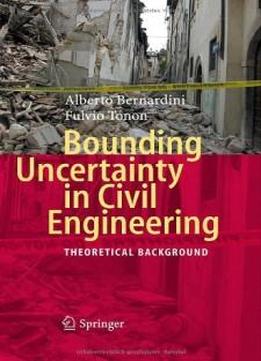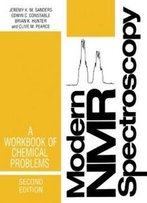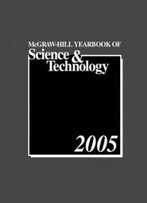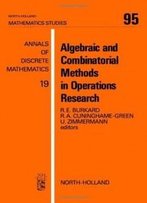
Bounding Uncertainty In Civil Engineering: Theoretical Background
by Alberto Bernardini /
2010 / English / PDF
4 MB Download
Taking an engineering, rather than a mathematical, approach, Bounding uncertainty in Civil Engineering - Theoretical Background deals with the mathematical theories that use convex sets of probability distributions to describe the input data and/or the final response of systems. The particular point of view of the authors is centered on the applications to civil engineering problems, and the theory of random sets has been adopted as a basic and relatively simple model. However, the authors have tried to elucidate its connections to the more general theory of imprecise probabilities, Choquet capacities, fuzzy sets, p-boxes, convex sets of parametric probability distributions, and approximate reasoning both in one dimension and in several dimensions with associated joint spaces. If choosing the theory of random sets may lead to some loss of generality, it has, on the other hand, allowed for a self-contained selection of the topics and a more unified presentation of the theoretical contents and algorithms. With over 80 examples worked out step by step, the book should assist newcomers to the subject (who may otherwise find it difficult to navigate a vast and dispersed literature) in applying the techniques described to their own specific problems.
Taking an engineering, rather than a mathematical, approach, Bounding uncertainty in Civil Engineering - Theoretical Background deals with the mathematical theories that use convex sets of probability distributions to describe the input data and/or the final response of systems. The particular point of view of the authors is centered on the applications to civil engineering problems, and the theory of random sets has been adopted as a basic and relatively simple model. However, the authors have tried to elucidate its connections to the more general theory of imprecise probabilities, Choquet capacities, fuzzy sets, p-boxes, convex sets of parametric probability distributions, and approximate reasoning both in one dimension and in several dimensions with associated joint spaces. If choosing the theory of random sets may lead to some loss of generality, it has, on the other hand, allowed for a self-contained selection of the topics and a more unified presentation of the theoretical contents and algorithms. With over 80 examples worked out step by step, the book should assist newcomers to the subject (who may otherwise find it difficult to navigate a vast and dispersed literature) in applying the techniques described to their own specific problems.










